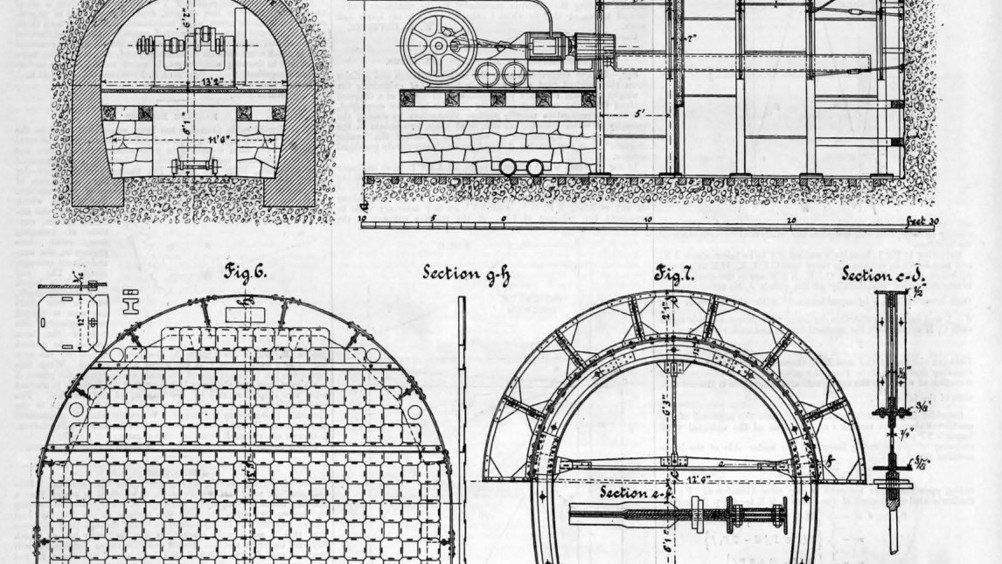April 1886: the Brunkebergs tunnel
A dry air refrigerator rescued efforts to build a tunnel connecting two parts of Stockholm

In 1886 the most populous part of Stockholm was situated on the north shore of Lake Mälaren and divided into two districts (Norrmalm and Östermalm) by an elevated ridge of stones and gravel.
Unsurprisingly, the ridge was an impediment to traffic and in 1886 The Engineer published a report on work to resolve the issue.
According to our coverage, an officer in the Swedish Royal Engineers, a certain Captain Knut Lindmark, had applied to the municipality of Stockholm to construct a tunnel so that pedestrians could pass through the hill for a fee of two öre.
As part of the deal, Captain Knut would pocket the takings for 50 years, after which the Brunkebergs tunnel would be returned to the city.
“This application was strongly opposed, not only by the owners of adjacent houses, but by engineers who stated that driving a tunnel through loose stones and gravel…would necessarily cause great subsidence…and, consequently, damage to the buildings above,” said The Engineer. “The municipality, however, considering the great benefit that would result from the realisation of the project, granted the concession and in the summer of 1884 the works commenced.”
Register now to continue reading
Thanks for visiting The Engineer. You’ve now reached your monthly limit of premium content. Register for free to unlock unlimited access to all of our premium content, as well as the latest technology news, industry opinion and special reports.
Benefits of registering
-
In-depth insights and coverage of key emerging trends
-
Unrestricted access to special reports throughout the year
-
Daily technology news delivered straight to your inbox










UK Enters ‘Golden Age of Nuclear’
Anybody know why it takes from 2025 to mid 2030's to build a factory-made SMR, by RR? Ten years... has there been no demonstrator either? Do RR...